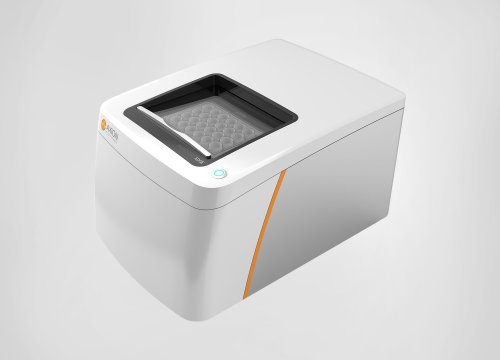Authors: Roshanzadeh A, Oyunbaatar NE, Ganjbakhsh SE, Park S, Kim DS, Kanade PP, Lee S, Lee DW, and Kim ES.
Biomaterials, 2021.
Scientists use bioelectronic assays to reveal adverse effects of nanoplastics on the heart
Studies have clearly demonstrated that nanoplastics—tiny plastic particles from the breakdown of consumer and industrial products that easily enter the body through inhalation, ingestion, or skin absorption—have adverse effects on cardiac function in vitro and in vivo, but scientists do not fully understand how nanoplastics impact the developing heart. However, research using neonatal cardiomyocytes under electrical stimulation reveals that exposure to positively charged nanoplastics significantly decreases intracellular calcium levels, mitochondria membrane potential, cellular metabolism, and the contractile force of cardiomyocytes; effects the authors propose could eventually lead to fatal heart failure in humans.
To assess cardiac activity, researchers used Axion’s Maestro Pro to record and analyze neonatal rat ventricular myocytes (NRVMs) label-free and in real time. Specific findings from Axion’s bioelectronic assays demonstrated that NRVMs exposed to positively charged nanoparticles in the presence of electrical stimulation exhibited prolonged field potential duration and reduced spike amplitude. Taken together with other study findings showing electrophysiological changes in immature myocytes exposed to nanoplastics, the authors suggest additional safeguards be put in place to reduce the unintentional introduction of the potential hazardous particles into air, water, breast milk, and the food chain.


